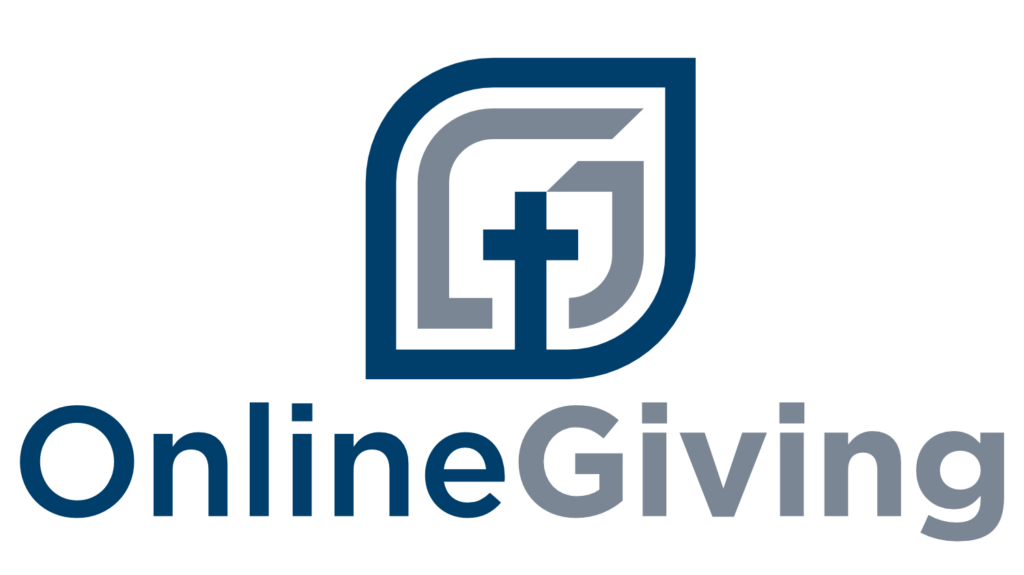How wide is your back door? Every church has a back door. Ask any church leader about their backdoor, and they will talk about membership and attendance numbers. Everyone knows churches must work to keep people engaged or they will walk out the back door. My goal with this issue of the Coach, entitled The Back Door of Church Giving, is to show you how the back door of attendance also impacts giving.
I don’t think solely in terms of an attendance back door. I think in terms of giving. All those people leaving or disengaging means their money follows them out the door as well. And like an attendance back door, every church has a giving back door. How many givers did you lose from the last year, and how many did you gain? A typical healthy church will see around a 15% to 20% loss of donors each year. We call that the Churn Rate. You must add new givers to offset the loss of givers you will experience every year. You also want to find ways to make sure that current donors do not become lapsed donors because lapsed donors become lost donors.
It’s time to get serious about retention! That was the recommendation the Blackbaud Institute gave in their 2018 report, The Next Generation of American Giving. That report showed how younger generations have not yet stepped up to the level of generosity of older generations. They called younger generations a work in progress. Until that happens, the Blackbaud Institute recommended actions to retain existing donors. Here is their summation:
“There are few subjects that receive more lip service and less meaningful attention than retaining donors from one year to the next. The 2017 Charitable Giving Report finds that first-year retention continues to be abysmal: between 25% and 31% (depending on how the donor chooses to give). With a shrinking donor population and growing uncertainty about the stability of the primary donation channels, this is the time to get serious about keeping the donors you have.”1.
In that 2018 study by the Blackbaud Institute, they stated we had about a five-year window with the current group of donors before giving began to decline. Then came Covid. Now more than ever, we must train up the next generation of donors while retaining our existing donors. One group takes time, the other takes engagement.
What can you practically do to not only retain existing donors but also attract new donors? Here are a few ideas.
- Keep a list of the top 15% of your donors. It will not be that big of a list. You can alphabetize the list if you don’t want to know who gives what. Then, determine to spend time with as many of those in that group as possible, whether at lunch, for coffee, or on a trip to the ballpark. You are NOT meeting to discuss money but to provide ministry to them. Meeting with your top donors will better ensure they feel connected to your church and the vision that their dollars help fuel.
You might also write periodic notes to your donors telling them that you prayed for them and thanking them for their support. A handwritten note shows you took time out of your schedule and had them on your heart. The first and foremost requirement for a positive churn rate is to keep what you have. - Work on the message of how giving supports life change. You know my mantra, “Get a story, work your story, tell your story, and people will give to support that story.” Are you telling your story? Never assume donors know what their dollars are used for. Always show them real-life stories. Your goal is to MAKE people WANT to give!
- Write a handwritten thank you note to all first-time donors. That takes time, but it makes a huge impact and could help produce the next gift.
- Send first-time donors follow-up appeal letters a few weeks after their first gift. Studies show that if you prompt those first-time donors about another opportunity, they will likely give to that. You could also send them a suggestion about online giving. Informational appeals about giving and even thank you notes for giving are non-threatening reminders to give again.
It’s not either/or but both/and. When it comes to addressing your Churn Rate, you must have what I call a front-end, new donors’ strategy, as well as a back-end, existing donor strategy to keep your giving strong. One of the best times to work on this is at the end of the year. Start thinking of ways you can connect with and keep engaged with your donors. It’s time well spent.

Mark Brooks – The Stewardship Coach
mark@acts17generosity.com


